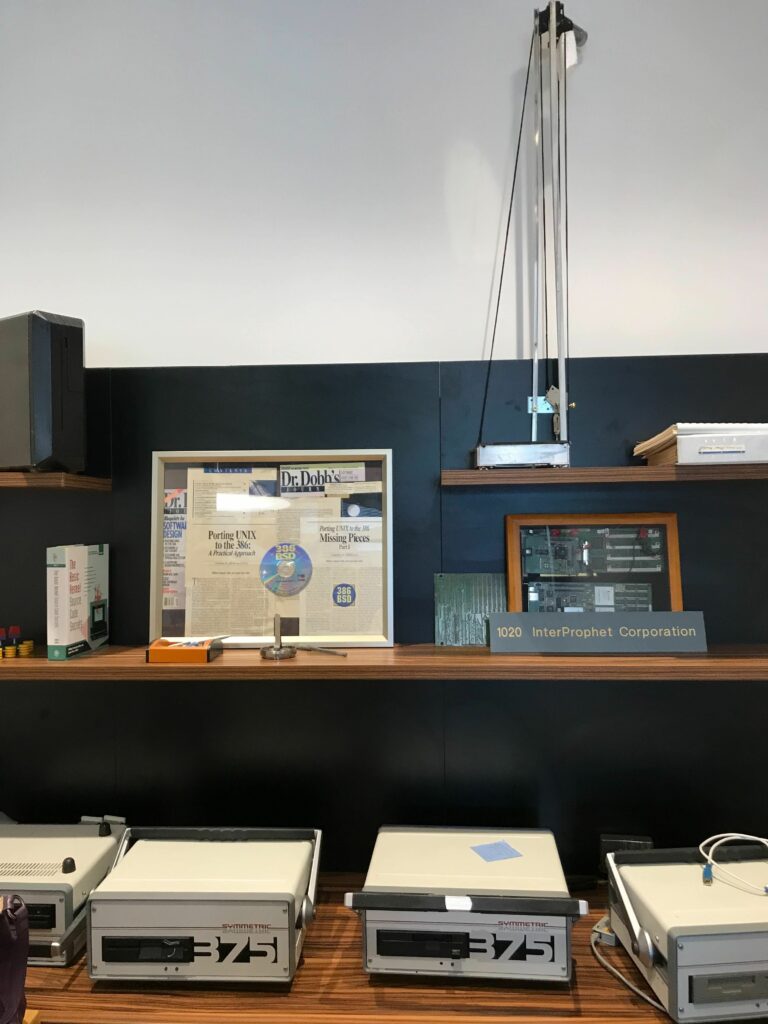As a sum up to an eventful week, LLNL’s National Ignition Facility (NIF) announced that they had achieved fusion ignition. “LLNL’s experiment surpassed the fusion threshold by delivering 2.05 megajoules (MJ) of energy to the target, resulting in 3.15 MJ of fusion energy output, demonstrating for the first time a most fundamental science basis for inertial fusion energy (IFE).” The facility is impressive, using 192 lasers coordinated to burst on a tiny deuterium-tritium capsule.
The media was less impressed: “We are still a very long way from having nuclear fusion power the electric grid, experts caution. The US project, while groundbreaking, only produced enough energy to boil about 2.5 gallons of water, Tony Roulstone, a fusion expert from the engineering department at the University of Cambridge, told CNN.”
Given all the years and planning and building and incredible cost, the NIF wasn’t just a cool way to try to bootstrap fusion ignition as a clean energy source. As physicist Bob Rosner, University of Chicago and former director of the Argonne National Laboratory, stated in an interview with John Mecklin at the Bulletin of the the Atomic Scientists, “The folks who succeeded so splendidly in attaining ignition and self-sustained fusion on December 5 were not part of DoE’s fusion energy program (which sits in the DoE Office of Science Office of Fusion Energy Sciences); they’re working instead for the National Nuclear Security Administration (NNSA), which manages our nation’s nuclear weapons stockpile.”
What’s all this got to do with nuclear weapons? Well, in the late 1980s there was a lot of pressure to ban underground nuclear testing, and it succeeded. So now, how do you certify that your nuke work as advertised? “NNSA decided to build new experimental facilities (one of which was the National Ignition Facility), efforts were made to construct new simulation codes to help certify the weapons, and investments were made in new generations of advanced computers that these codes required and could run on. And NIF was meant to, in part, validate the design code approaches used for the weapons. Before NIF was even completed, they chose a target experiment that—in combination with simulation codes advances—could demonstrate that we knew what we were doing.”
When William and I ran Symmetric Computer Systems in the 1980s, we sold Symmetric 375 computers to LLNL precisely for this reason. As William had a unique security clearance due to his earlier work at NASA, he was asked to examine the simulations and correct any issues with the Fortran compiler supplied with the computers – which was done. Later, when they switched to Sun Microsystem computers, they continued to call us about “Fortran compiler issues” in our systems which didn’t exist. When we told them we found no errors, they admitted it wasn’t our 375 computers that were the problem. Instead, they tried to get us to fix Sun’s Fortran compiler because the Sun people “wouldn’t return our calls”. We told them, nicely, to either buy more 375 computers or take a flying leap. They chose the leap. I suspect the compiler errors delayed their simulation work for about 5 years. Such is the cost of cheapness.
In other news, the long strike of UC workers is over. Graduate students, postdocs and academic researchers are the backbone of the university, but as the cost of living has skyrocketed, pay has stagnated. I’m pleased to see UC is finally dealing with this issue fairly.
Given the NIF breakthrough, perhaps it’s only fair to review the $3.4B in nuclear investments this year. According to Crunchbase, one major player, Bill-Gates backed TerraPower, raised $750M in it’s most recent round. TerraPower uses molten salt reactor technology. Dr. Shu, Professor Emeritus at Berkeley, did a talk back in 2016 at Microsoft on his patented two-fluid molten salt breeder reactor (2F-MSBR) using thorium which I found quite interesting (yes, William and I were there). Dr. Shu felt that this was the only way to combat climate change and save the planet in his lifetime.
As to fusion, even though the NIF has had billions of investment over decades and has only now achieved scientific energy breakeven, there is still a lot of money involved in seeing it through: “The biggest single fusion investment came in December, when Cambridge, Massachusetts-based Commonwealth Fusion Systems raised a huge round of more than $1.8 billion led by Tiger Global and also included investments from Bill Gates, Marc Benioff’s Time Ventures and about two dozen others. Just before that, in early November, Everett, Washington-based Helion Energy closed a $500 million Series E led by Sam Altman—with an opportunity for an additional $1.7 billion tied to reaching performance milestones.”
Expect even more money thrown into conventional and fusion energy investments after NIF’s announcement.


